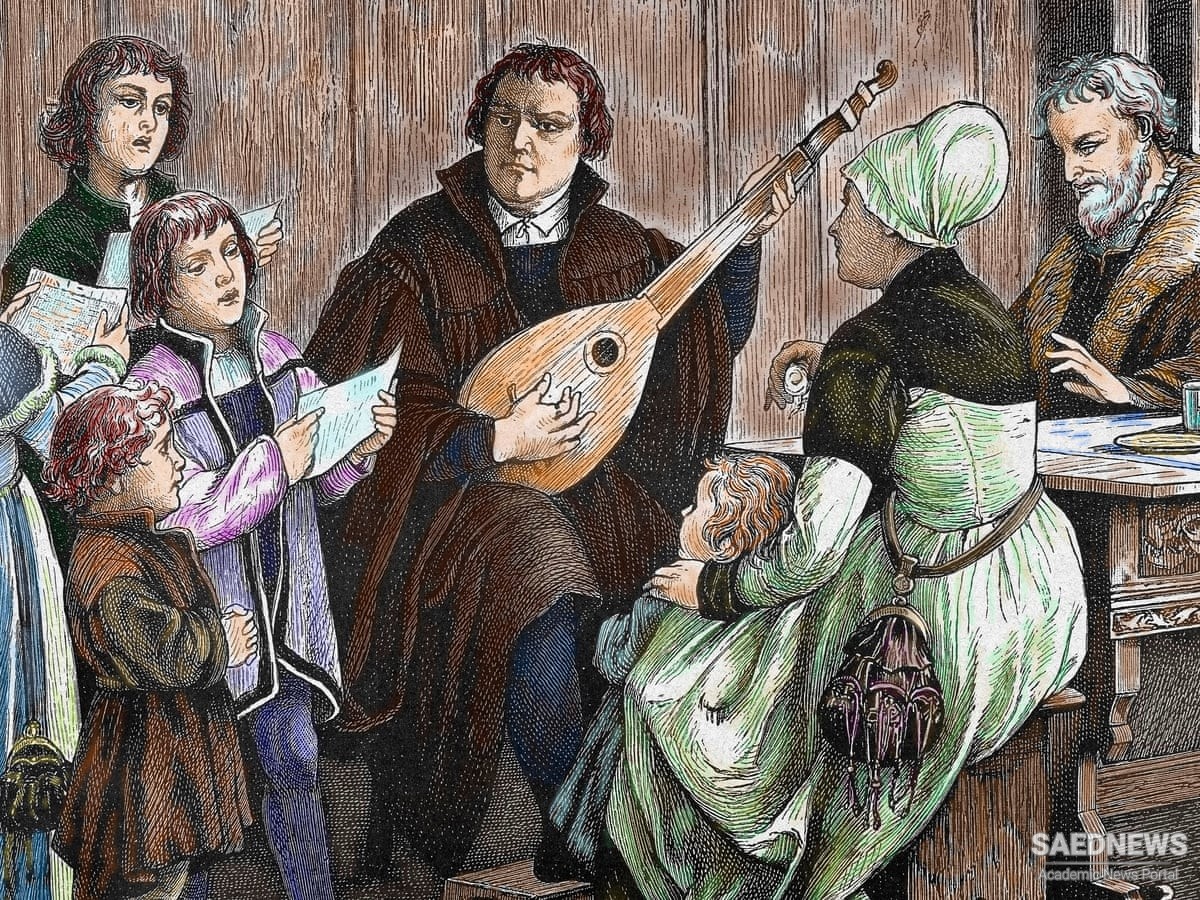This was directly opposed to the genius of contrapuntal structure as usually conceived, and was probably resisted as vulgar and mechanical. But its utility as a principle of organization gradually became clear, especially in lighter composition. In dances and popular songs it was indispensable. The problem was to use it without sacrificing the general continuity and unity of the whole movement. This higher unity, it was already seen, could be secured only through resemblances or contrasts of melodic and harmonic design between successive strophes.
Popular music also brought into view the artistic possibilities of the solo. Not only might a melody have beauty in itself and be highly expressive, but, as the doctrine of tonality unfolded, it appeared that a melody carried within itself the implication of an harmonic sequence, which was its essence. This threw a new. light upon accompaniments, showing that the primary office of the latter was not to supply further independent melody, but to declare the chord-foundation that the melody implied. This chord-foundation, it was found, could be outlined by means of a continuous bass upon which the desired chord-series could be built up in accordance with a few simple rules. To suggest a whole effect, then, it was necessary only to indicate the intended melody and the appropriate bass with some conventional signs attached, and the proper harmony could be supplied at sight. This was the principle of the 'basso continuo' or 'thorough-basS" that carne into use immediately after 1600.
Finally, attention to structure as defined by melody wrought a revolution from polyphony, as the primary type of design, to monophony. Perhaps strictly this was hardly a revolution, since polyphony presupposed a melodic 'subject,' yet practically the shift of emphasis from a mesh of many voice-parts to the thought that at every point there should be a dominating melody, to which all else should contribute, was indescribably novel. Here lay the key to full lyric and dramatic expression, and until this key was in hand, entrance into the whole vast field of the artistic aria and of the lyric drama was impossible.


 Folk Music Scholarship and Popularity
Folk Music Scholarship and Popularity














































